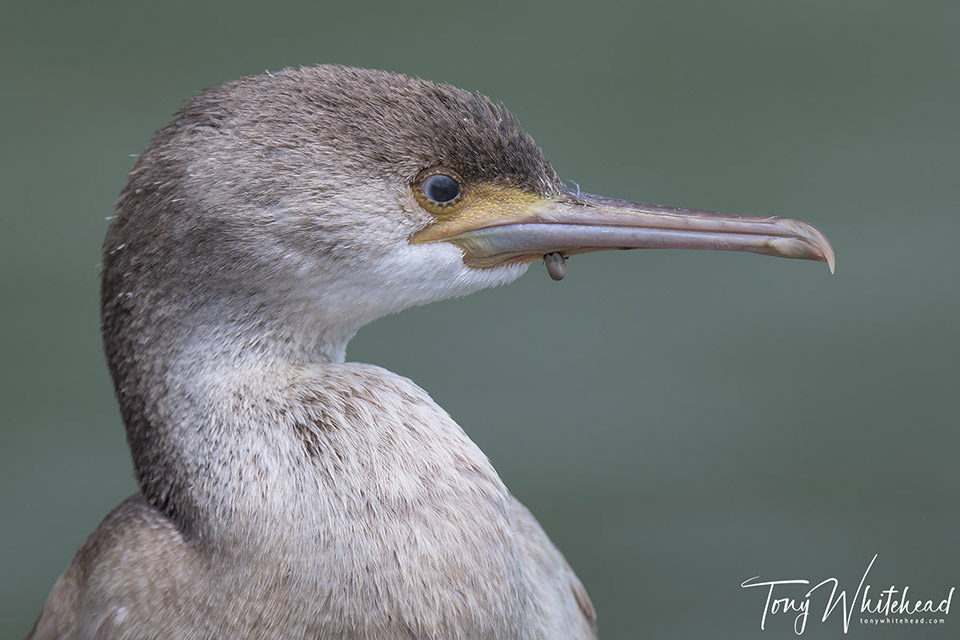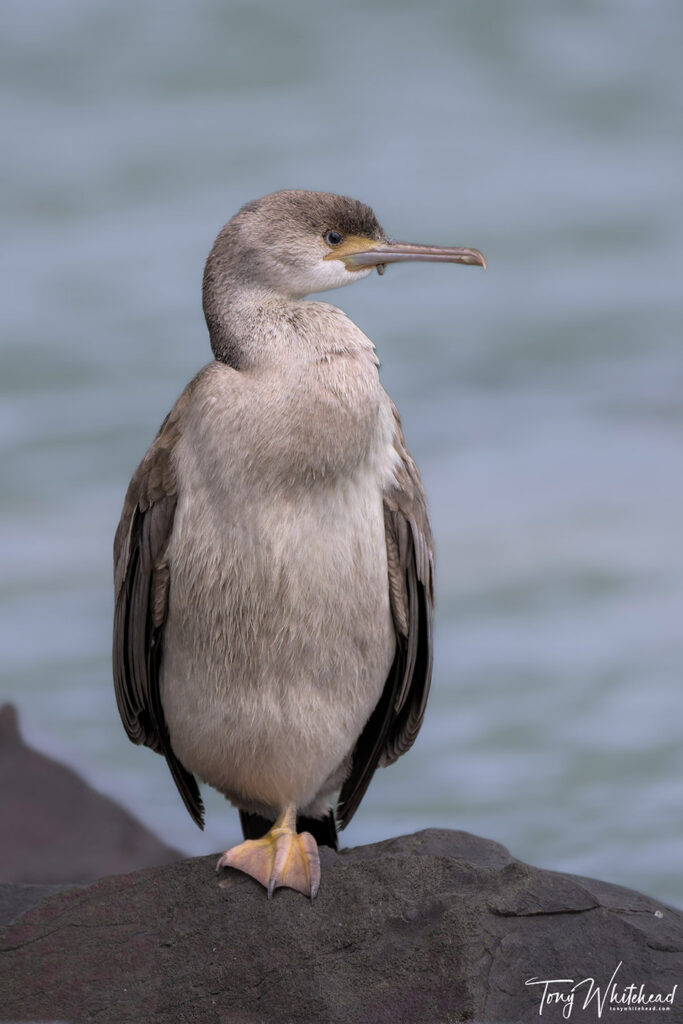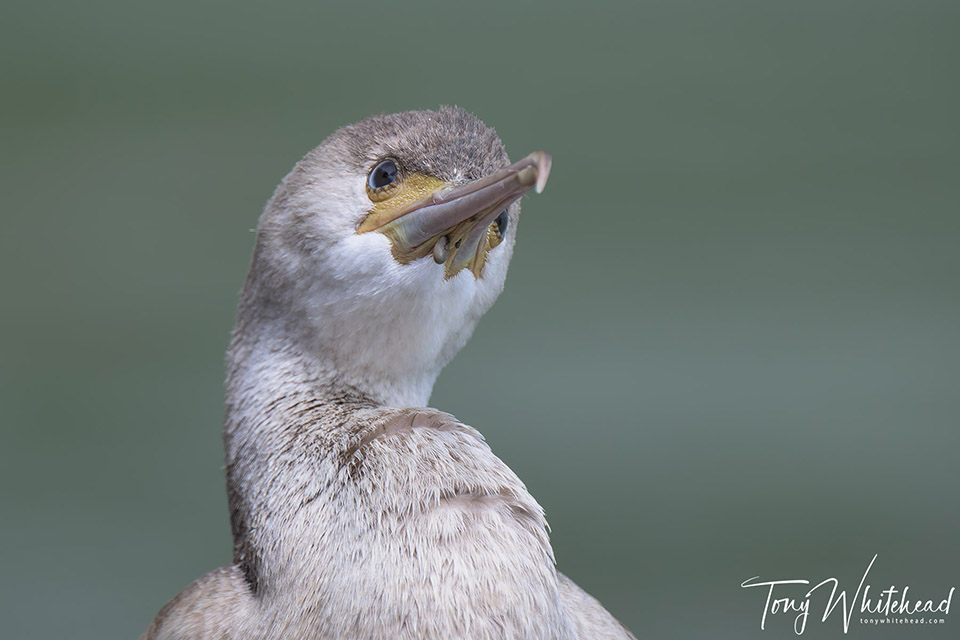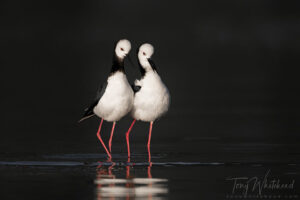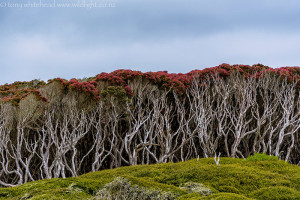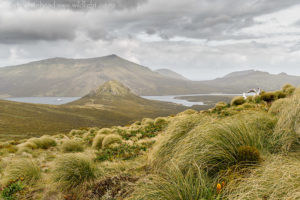Thinking back, I must have been a bit of a strange kid. One of my joys was waking up early and sitting in the lounge in my pyjamas reading encyclopaedias – not something to confess to in company at school without getting strange looks. I was fascinated by everything and the encyclopaedias were a way of exploring beyond our back yard. If I needed more up to date information the library and recent topical magazines were the next step. As a result I had a fairly good general knowledge. With the passing years information has exploded and anything published on paper is essentially out of date immediately. I still tend to become obsessed by things that interest me and research them exhaustively but now my first approach is to Google it. I sometimes wonder what the kid I was would be in this new world we live in.
It is no longer possible to remember everything you would like to (quite apart from the limitations of an aging brain) so the strategy is to know where to look for the information you need. My father used to keep a a notebook in his pocket with things he needed to remember at short notice and I now use notes on my smartphone for that purpose. The added advantage of a smartphone is that you can use it to Google a question. I have never asked (and am unlikely to ever ask) a digital assistant for answers though. I talk very little at the best of times so can’t see myself starting to talk to inanimate objects!
The trigger for this post was related to a photo I took a little while back of a co-operative Spotted Shag/Kawau tikitiki. It was sitting on a rock at the edge of the Firth of Thames and seemed more relaxed than a typical individual of the species. My normal low and slow approach allowed me to get very close for some portrait images at which point I noticed some swellings on the gular skin of the bird. I zoomed in on my images and it was clear that they were ticks with engorged bodies and tiny legs visible.
This got me thinking and wondering whether the ticks may have been a factor in the behaviour of the bird which was resting alone on the shore edge rather than in the nearby groups on water isolated rocks. Could the parasite load have rendered it anaemic or infected with a tick-borne disease and thus less clear thinking about risk avoidance?
Getting back to our cabin, a quick Google search revealed a number of potential paths to explore. One of the more interesting was a paper on the Conservation status of parasitic mites and ticks (Acari) in New Zealand 2021. Firstly I was amazed to see the number of species and secondly the number that were associated with a variety of seabirds including shags, but most interesting was ixodes jacksoni which was recorded as having the Spotted shag as it’s only known host. Another interesting article Parasites of seabirds: A survey of effects and ecological implications gave an interesting overview of impacts and highlighted to an extent how little we know. While none of this definitively answered my question or identified the species of tick on this individual bird, it revealed how easy is to access a wealth of relevant and interesting information. The only caveat being that you need to be critical of sources and fact check information. As this link shows there is plenty of rubbish out there too!
Photos with Nikon Z9 and Nikkor Z 800mm f6.3 VR S
